November 1, 2015
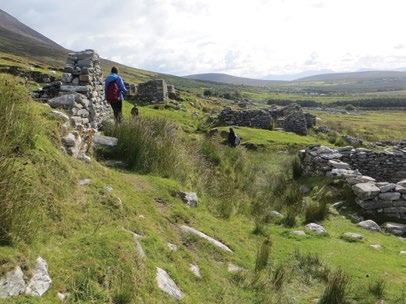
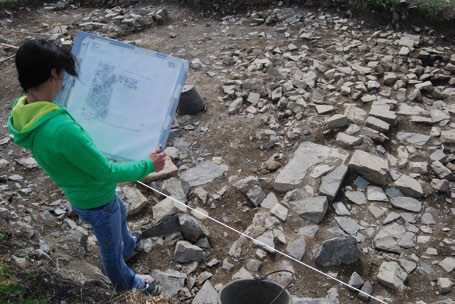
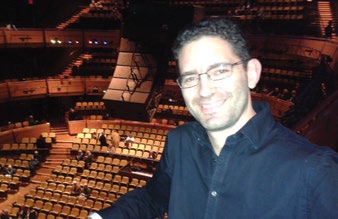
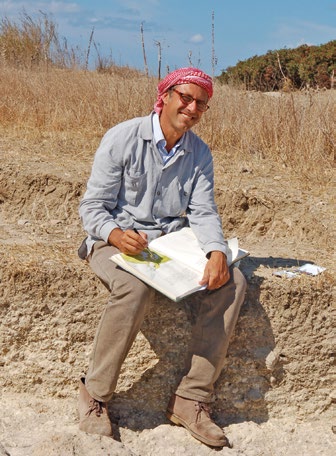
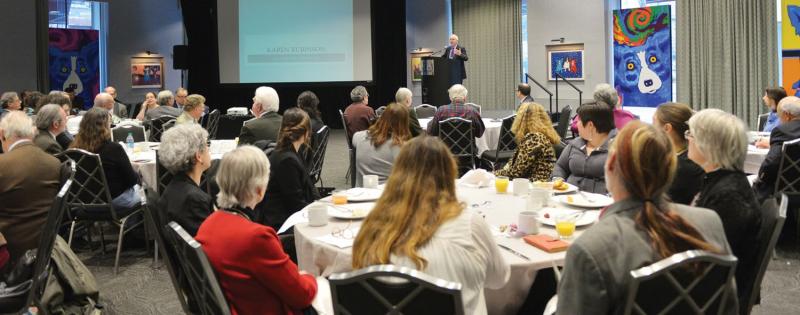

If you are interested in archaeological fieldwork, an Interactive Dig is a great way to participate virtually in an archaeological project. Interactive Digs bring archaeological fieldwork to anyone with access to the Internet and allow people to follow along online as archaeologists make their way through a field season. See for yourself how the archaeological process works, how archaeologists conduct their research, how inferences are drawn from the uncovered clues, and how the data are used to interpret the past. Follow an Interactive Dig to connect with the archaeologists, comment on and discuss their projects, peruse images and video clips of ongoing excavations, and interpret finds as they are uncovered.
The first Interactive Digs were featured on the Archaeology magazine website in 2000. Since then, 17 digs from around the world have been featured. Interactive Digs continue to be one of the most popular features on the website, with more than 300,000 visitors each year.
Currently, there are four active projects — two in Ireland and one each in Greece and the United States.
The Achill Archaeological Field School (AAFS) is located in the village of Dooagh on Achill Island — the largest of the islands off the Irish coast and the most northwesterly point of Ireland. AAFS staff and students are working on developing a detailed understanding of the archaeology and history of Achill Island.
The Blackfriary Community Heritage and Archaeology Project (BCHAP), in the town of Trim, County Meath, Ireland, is conducting community-based research and training excavations of the remains of a thirteenth-century Dominican friary and is bringing to light the friars and townspeople who lived, worked, and were buried there.
At Zominthos, Crete, archaeologists are excavating the only known mountaintop Minoan settlement. Located on a plateau on Mt. Ida, Zominthos lies on the ancient route between the famous palace at Knossos and the sacred Ideon Cave, where many believe the god Zeus was born and raised.
On Johnson’s Island in Ohio, archaeologists are exploring barracks and associated buildings that once housed Confederate POWs. In 2015, the project focused on excavating the prison hospital.
To participate in these Interactive Digs and to read about past projects, please visit www.interactivedigs.com.
The 120th year of the Lecture Program is under way, and once again the AIA is sending renowned scholars to its Local Societies to share the latest from the field of archaeology. Two of these scholars are this season’s Samuel H. Kress Lecturers: Daniele Federico Maras and Lorenzo Nigro.
Maras received his Ph.D. in archaeology from La Sapienza, University of Rome. His many accomplishments include a position as associate research scholar of the Italian Academy for Advanced Studies in America at Columbia University, and as a Margo Tytus Visiting Scholar at the University of Cincinnati. So far, Maras’ most requested lecture topic is “Greek Myths, Etruscan Women: Goddesses and Heroines in Light of Etruscan Society and Religion,” but he also speaks on a variety of topics related to his specialties in classical archaeology, Etruscology, classical religion and mythology, Latin and pre-Roman epigraphy, and ancient art history. Maras will be lecturing in Eugene, Oregon; Phoenix, Arizona; Berkeley, California; Ann Arbor, Michigan; Cincinnati, Ohio; Louisville, Kentucky; Ithaca, New York; Pittsburgh, Pennsylvania; Lawrence, Kansas; Richmond, Virginia; Indianapolis, Indiana; Boston, Massachusetts; and New Orleans, Louisiana.
Nigro is associate professor of Near Eastern archaeology and the coordinator of the Oriental Section of the Department of Sciences of Antiquities at La Sapienza, University of Rome. He has participated in archaeological expeditions in the Near East and the Mediterranean and is presently the director of both the Rome “La Sapienza” Expedition to Motya in western Sicily and the Rome “La Sapienza” Expedition to Palestine and Jordan. His most requested lecture topic thus far is “The Phoenicians at the World’s Ends: The Formation of Mediterranean Civilization as Seen from the Island of Motya in Sicily,” and he will also speak on other topics related to his wide experiences in Levantine and Mediterranean archaeology. Nigro will be lecturing at AIA Local Societies in Charlottesville, Virginia; Huntsville, Alabama; Washington, D.C.; Baltimore, Maryland; Hartford, Connecticut; New Haven, Connecticut; Rochester, New York; Tallahassee, Florida; Boca Raton, Florida; Urbana, Illinois; Rockford, Illinois; and Providence, Rhode Island.
To find out more about the lecture program and to see a schedule of lectures, please visit www.archaeological.org/lectures.
The Archaeological Institute of America (AIA) and the Society for Classical Studies (SCS) invite you to their 117th Joint Annual Meeting, January 6–9, 2016, in San Francisco. The Annual Meeting brings together more than 3,000 archaeologists and classicists from around the world and nearly every state in the United States to share the latest developments from the field. The conference is the largest and oldest established meeting of archaeologists and classical scholars in North America. The Annual Meeting has grown tremendously over the past decade, not only in attendance, but also in the scope of papers presented, demographics of attendees, and focus on professional development, cultural heritage management, new technologies, and other topics of critical importance to the field. To find out more about the 2016 AIASCS Joint Annual Meeting, visit www.archaeological.org/annualmeeting.
The AIA will host its second conference for archaeology and heritage educators on January 9, 2016, at the AIA-SCS Annual Meeting in San Francisco. The 2016 conference will build on last year’s program, which gathered key archaeology educators from around the country to discuss the future of archaeological education in a series of panel discussions, roundtables, and workshops. Several collaborations and initiatives conceived at the conference have been taking shape over the last year.
The primary theme for the 2016 conference will be “Generating Research in Heritage Education.” To stay informed of this and other upcoming activities, and to join in the discussion, please join the Archaeology Outreach and Education Google Group by sending a request to mlanglitz@archaeological.org. We value your opinions, suggestions, and participation. By organizing this program, the AIA hopes to continue to encourage the development of a network of educators committed to moving archaeological education forward.
Dispatches from the AIA first appeared in Archaeology magazine six years ago. Since then each installment has highlighted the programs and activities that exemplify the Institute’s commitment to supporting research and scholarship, protecting archaeological sites, and informing the public. AIA programs are made possible by your generosity. We encourage you to continue your support of the AIA and its programs by making a donation at www.archaeological.org/giving/donate.
Not yet a member of the AIA? Now is a great time to join! The Institute is holding a fall membership sale that will run through the end of the year. During this period, new members will pay only $60 (regularly $70), and students, educators, and active military personnel will be able to become AIA members for only $30 (regularly $40).
A one-year membership includes a year of Archaeology magazine and affiliation with an AIA Local Society. Members can apply for all AIA fellowships and grants and submit paper proposals for the Annual Meeting. Your membership contributes to the protection of archaeological sites around the world and allows the AIA to continue its mission to connect people to the wonderful world of archaeology.
Already a member? This is a great opportunity to introduce family and friends to the AIA. Encourage them to join today to take advantage of this special offer at www.archaeological.org/fall15sale.
Are you an Archaeology magazine subscriber? Upgrade to a full Societylevel membership for just $40 at www.archaeological.org/upgrade.
Each year the AIA provides grants to AIA Local Societies to support community outreach programs. To date the AIA has given more than $120,000 in grants to Societies that have used the funds to create and implement informative and engaging programs. Grants are made twice a year, in the spring and the fall.
A Sumerian Feast
Apples + Archaeology
International Archaeology Day Celebrations
Daily Life in Ancient Egypt
Public Archaeology Dig
Membership-Building Initiative
“Title 1 Fund Project” for In-School Presentations
Archaeology and Museums
Artifacts for the Blind: 3-D Printing of Ancient Pottery
Cultural Heritage—Why Do We Care? Forum